Earlier this month a collective of artists and activists hacked their way into dozens of sidewalk billboards on the streets of Toronto and over the course of one night replaced advertising with whimsical hyper-local maps and one-off illustrations. GOOD caught up with cARTographyTO, the group responsible for the adbusting, to find out more about their mission and the tactics behind their acts of creative disruption.
GOOD: So what do you have against billboards?
cARTographyTO: Billboards privatize and commercialize public spaces. These spaces are supposed to be for everyone, but are sold to those who already have the most resources and power. It is a highly inequitable distribution of voice. Most advertizing promotes an unsustainable culture of unchecked consumerism, creating artificial desire and relying on making consumers feel perpetually inadequate.
In Toronto, as well as in other cities, our streets and other public spaces are suffocated by visual pollution as companies compete to be bigger and louder in a costly advertising arms race. Billboards are designed to get your attention, and are successful in being a major distraction. It is not hard to see how dangerous this can be when motorists, cyclists, and pedestrians share space. Public spaces should be kept public.
GOOD: Ok, well, what did you have against these specific billboards?
cARTographyTO: [Billboard company] Astral's "Info" advertising pillars in Toronto are billboards masquerading as sources of useful public information. What little useful information provided is found only on the posts holding up two much larger ads. The designs for these structures were changed without public consultation, and were installed in inappropriate locations chosen to maximize advertizing visibility.
These structures are not just a visual pollution, they are physically invasive and hazardous. Positioned perpendicular to the road in order to increase visibility for advertisers, the pillars block a large portion of the some of Toronto's busiest sidewalks. This creates a dangerous line-of-sight hazard for pedestrian, cyclist, and vehicle traffic alike.
GOOD: What is cARTographyTO's overall philosophy?
cARTographyTO: We believe that it is sometimes necessary to reclaim public space from persistent and predatory private interests through non-violent and non-destructive creative tactics. We believe it is important to remain active and engaged with the city around us and we aim to raise awareness and generate discussion about our public spaces.
We think these structures should be removed entirely, but failing this, that the structures should be drastically redesigned: Ads should be removed and useful information should be an integral part of any "Info" pillars. In many cases, the art pieces that cARTographyTO installed were maps of the surrounding neighborhood—the contributor’s personal take on the area, its composition, complete with wayfinding tips.
GOOD: What are some of the adbusting or culture jamming projects in other cities that have inspired you?
cARTographyTO: Some of our artists have been a part of past takeovers such as the New York Street Advertizing Takeovers, the Toronto Street Advertising Takeover, the Madrid Street Advertising Takeover, and Artung! in Montreal.
GOOD: As far as Canadian cities go, how does Toronto rate in terms of ad saturation in the everyday landscape?
cARTographyTO: Toronto is the largest Canadian city, and also seems to have the most ad saturation. There is a history of illegal advertising and poor enforcement in this city which continues today.
Cities in other countries, such as Los Angeles in the U.S., appear to experience much higher levels of ad saturation, but this doesn’t mean that we should accept it at lower levels. The success of banning public advertizing has been demonstrated in cities such as Sao Paolo and Houston.
GOOD: What's next for cARTography?
cARTographyTO: We will continue to spread the word. This project may be the only one organized under the cARTographyTO name, but it is too early to tell what's next.
Images courtesy of Martin Reis





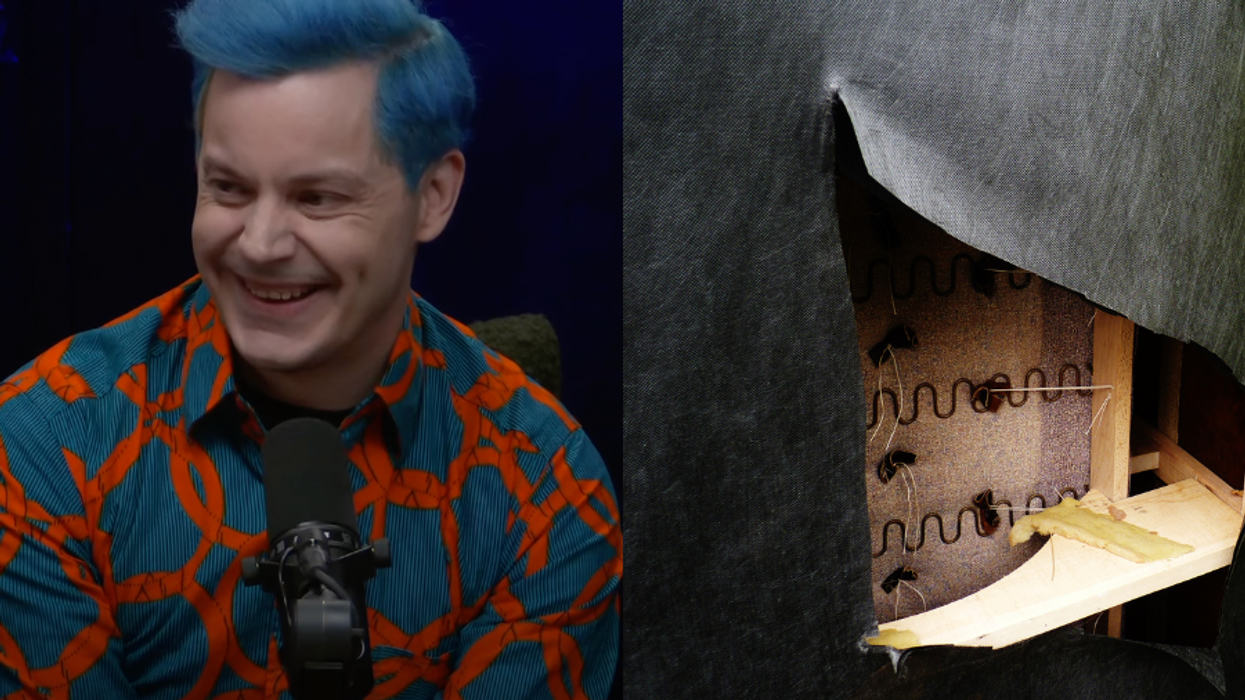




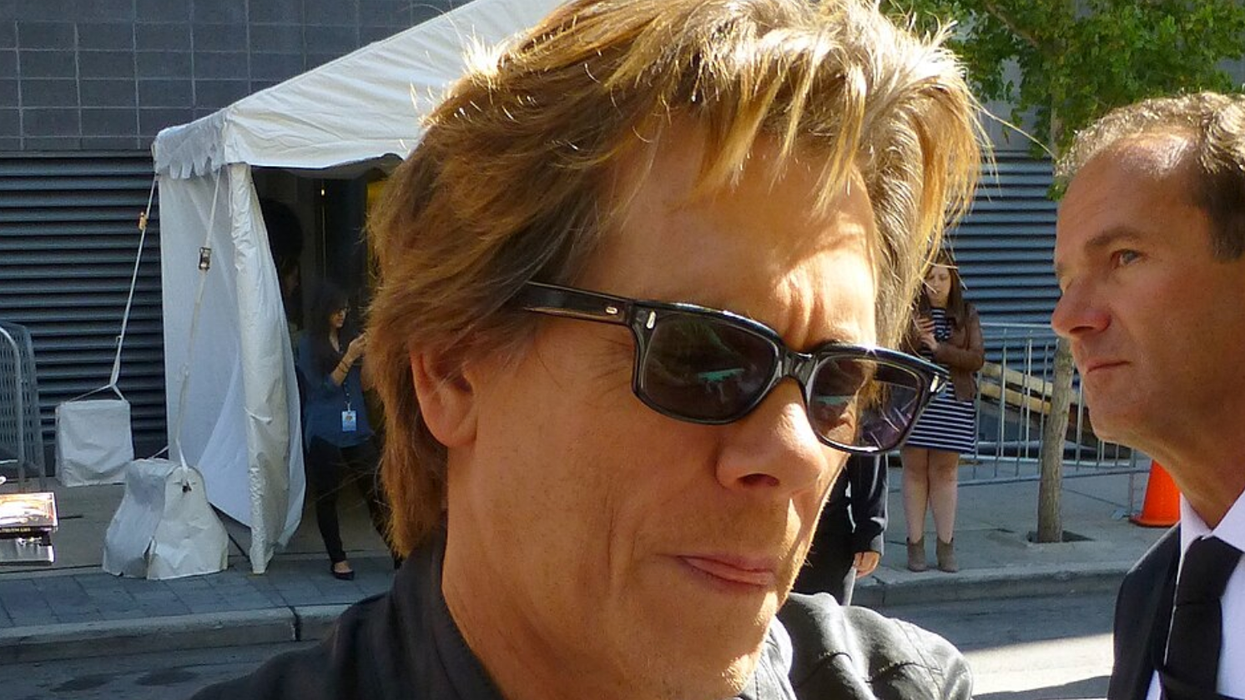


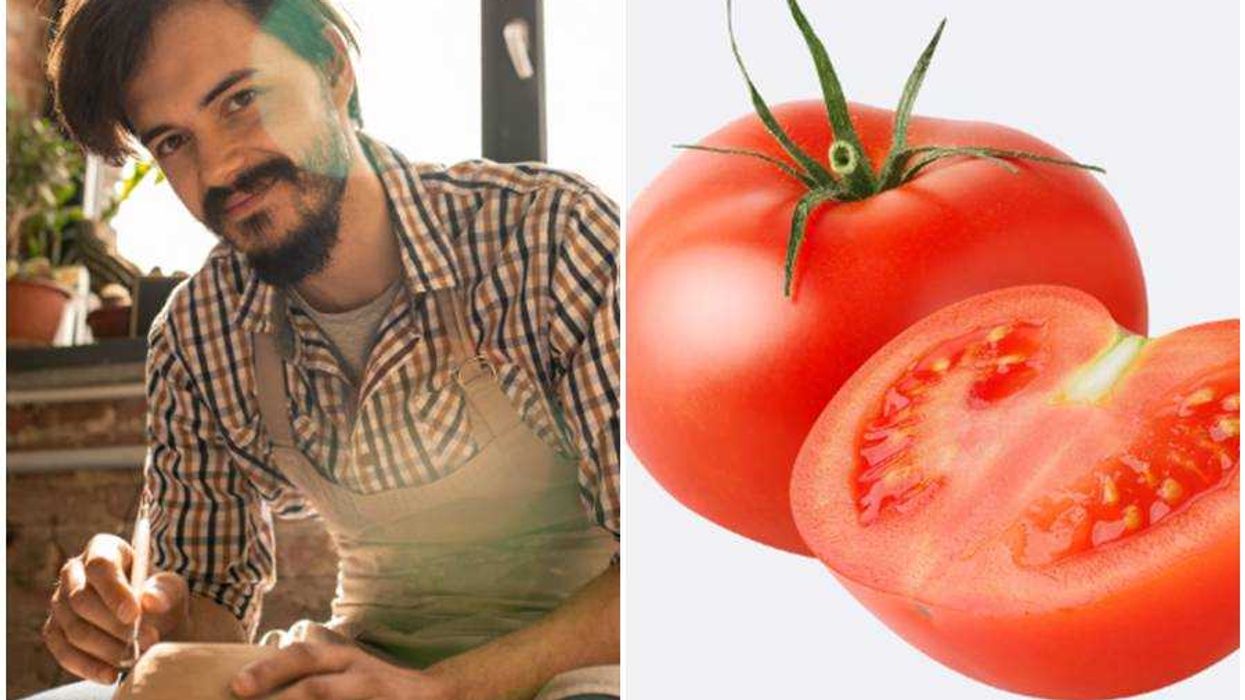



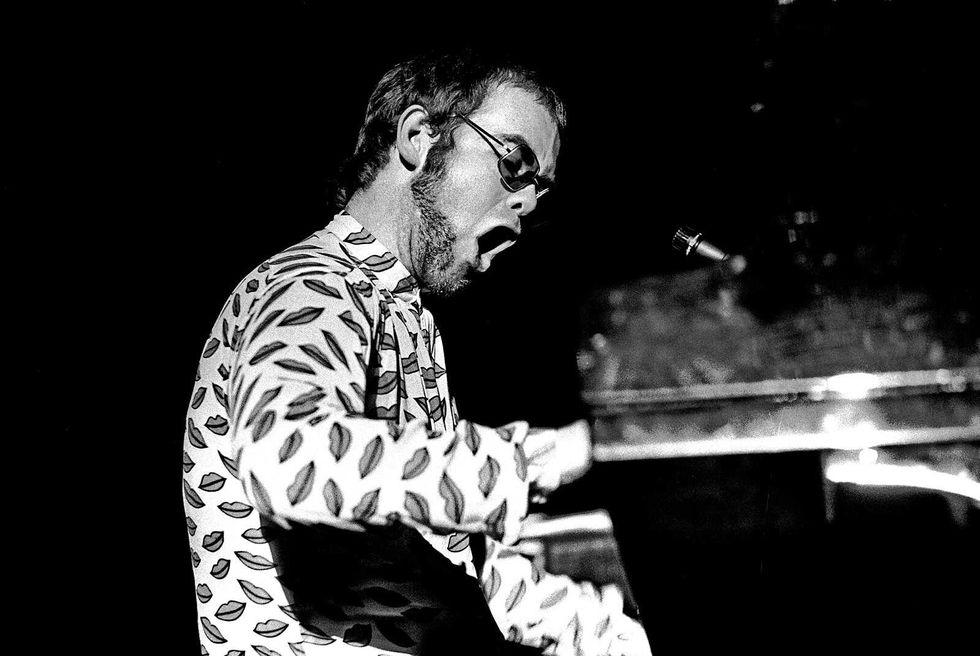 Elton John performing in Hamburg, Germany, March 1972Photo by
Elton John performing in Hamburg, Germany, March 1972Photo by 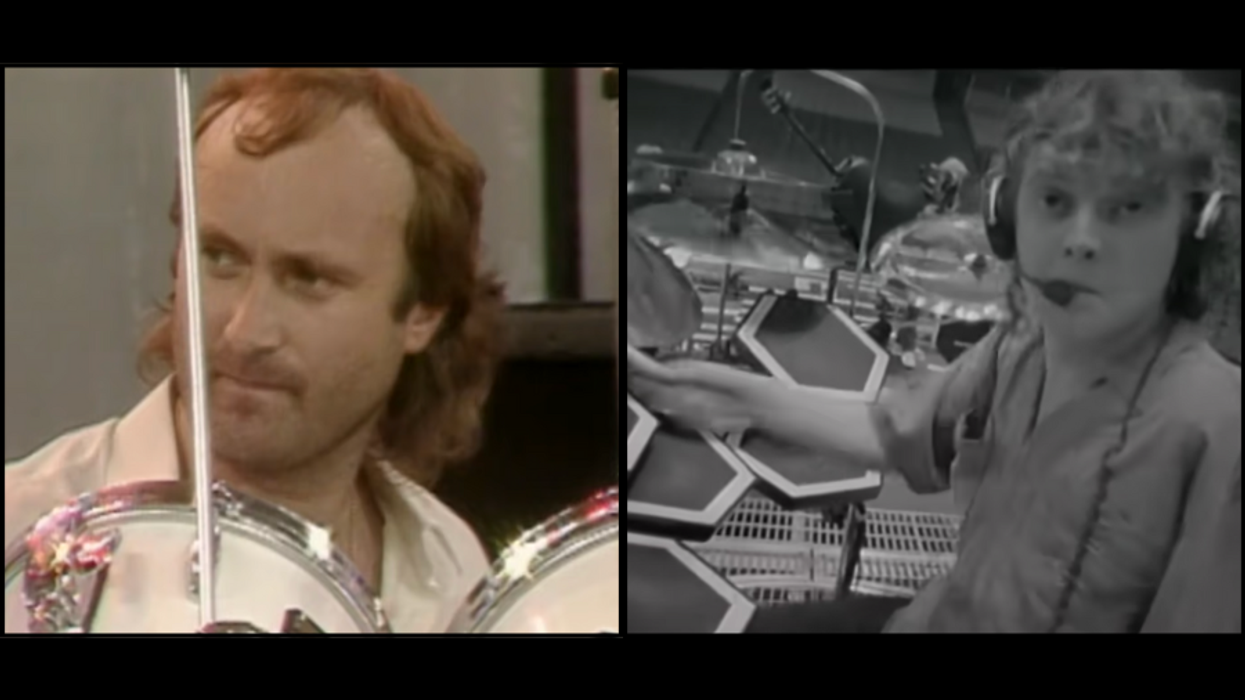

 Talking with a coworker about personal hygiene.Photo credit
Talking with a coworker about personal hygiene.Photo credit  Offering up some uncomfortable news.Photo credit
Offering up some uncomfortable news.Photo credit  Having a work conversation about hygiene.Photo credit
Having a work conversation about hygiene.Photo credit  An important conversation between coworkers.Photo credit
An important conversation between coworkers.Photo credit  Woman speaks aggressively into the face of a man wearing a mask.Photo credit
Woman speaks aggressively into the face of a man wearing a mask.Photo credit 

 Clinic are factoring more and more into health planning in the US.
Clinic are factoring more and more into health planning in the US. 

 New Square in Cazin, Bosnia and HerzegovinaHasan Zulic/
New Square in Cazin, Bosnia and HerzegovinaHasan Zulic/  Charitable donations.Photo credit
Charitable donations.Photo credit